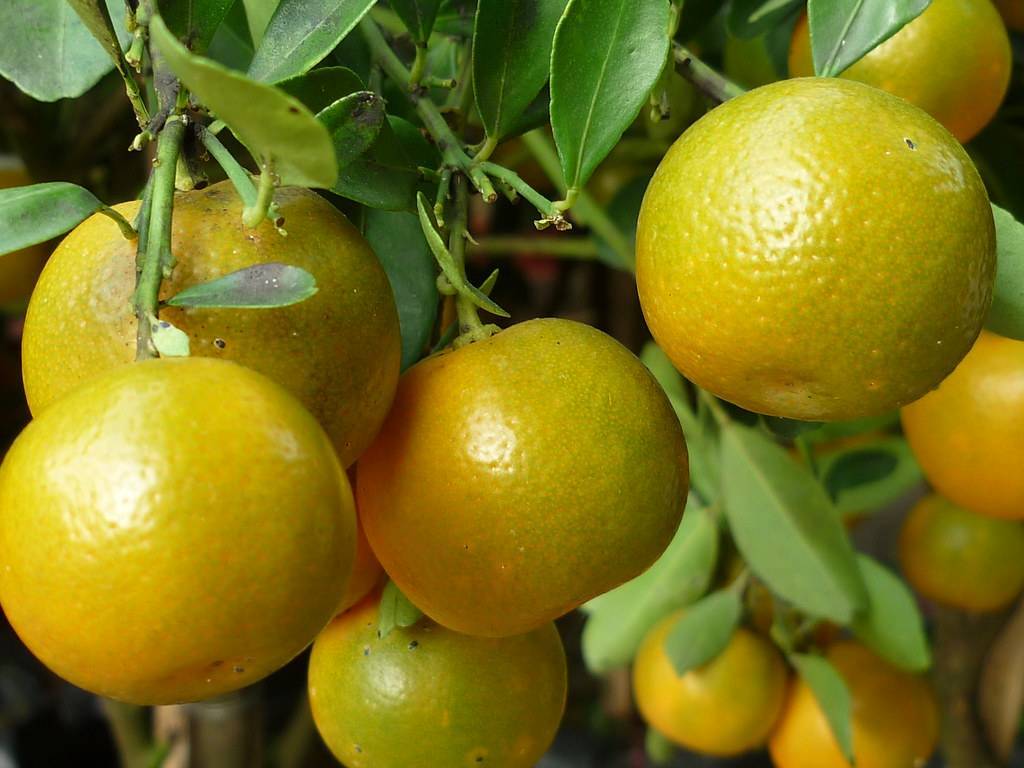 Oatmeal AI
Oatmeal AI

Orange
The mandarin orange (Citrus reticulata 'Clementine') is an amazing species of fruit-bearing tree that is prized for its sweet and juicy citrus fruits. Its vibrant, orange-colored skin has a lightly pebbled texture, and the juicy inside is separated into easy-to-peel segments. Clemenvines, a popular variety of mandarin orange, are the perfect snack due to their sweet flavor and compact size. This citrus fruit is known to help build strong bones and aid digestion due to its high vitamin C, calcium
Mostly sand with some silt and clay; better structure than sandy soil, good drainage, moderately fertile.
Mildly alkaline, may reduce the availability of some nutrients.
Rich organic content, typical of fertile, healthy soils with good plant growth.
Mild salinity, some sensitive crops may start showing signs of stress.
Impact: Sensitive plants like beans and carrots may experience reduced growth; tolerant plants generally unaffected.
Humid conditions, often found in tropical climates.
Impact: Can lead to excessive moisture, promoting diseases like mildew and root rot; may benefit certain moisture-loving plants.
Strengthens cell walls, improves soil structure and aids in nutrient uptake.
Strengthens cell walls, improves soil structure and aids in nutrient uptake.
Central to photosynthesis, as it is part of the chlorophyll molecule.
Central to photosynthesis, as it is part of the chlorophyll molecule.
Necessary for nitrogen fixation and utilization, and the formation of enzymes involved in plant metabolism.
Necessary for nitrogen fixation and utilization, and the formation of enzymes involved in plant metabolism.
Essential for plant growth, promotes lush, green foliage.
Vital for energy transfer and photosynthesis, helps in root and flower development.
Vital for energy transfer and photosynthesis, helps in root and flower development.
Helps with water regulation, disease resistance, and overall plant vigor.
Key component of some amino acids and vitamins, supports overall plant metabolism.
Key component of some amino acids and vitamins, supports overall plant metabolism.